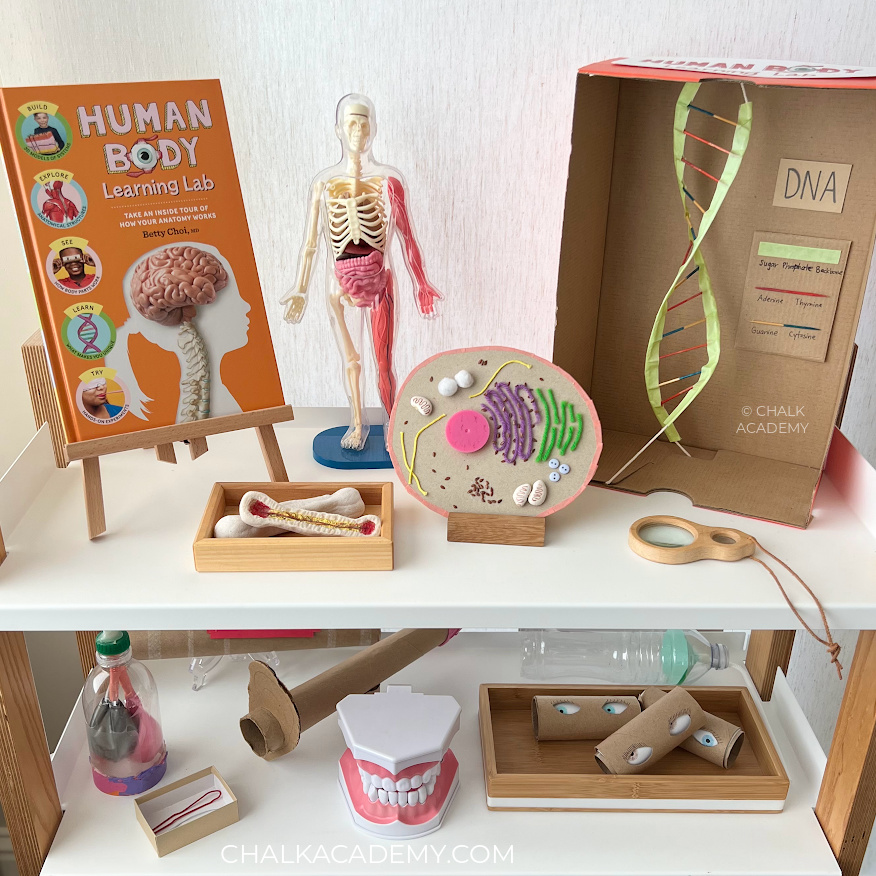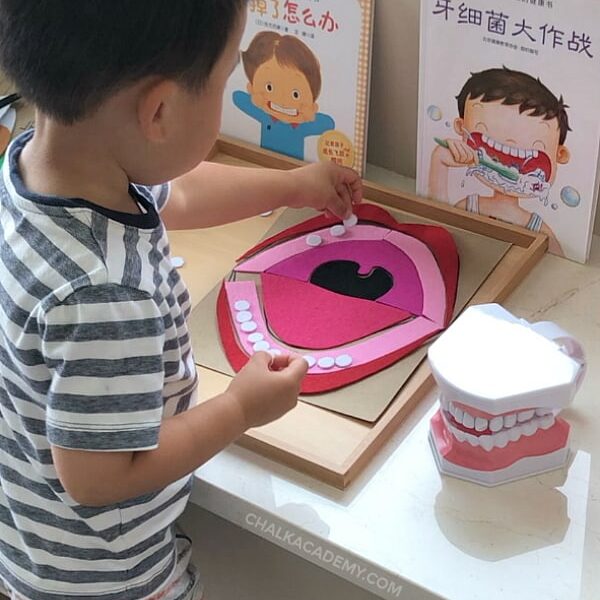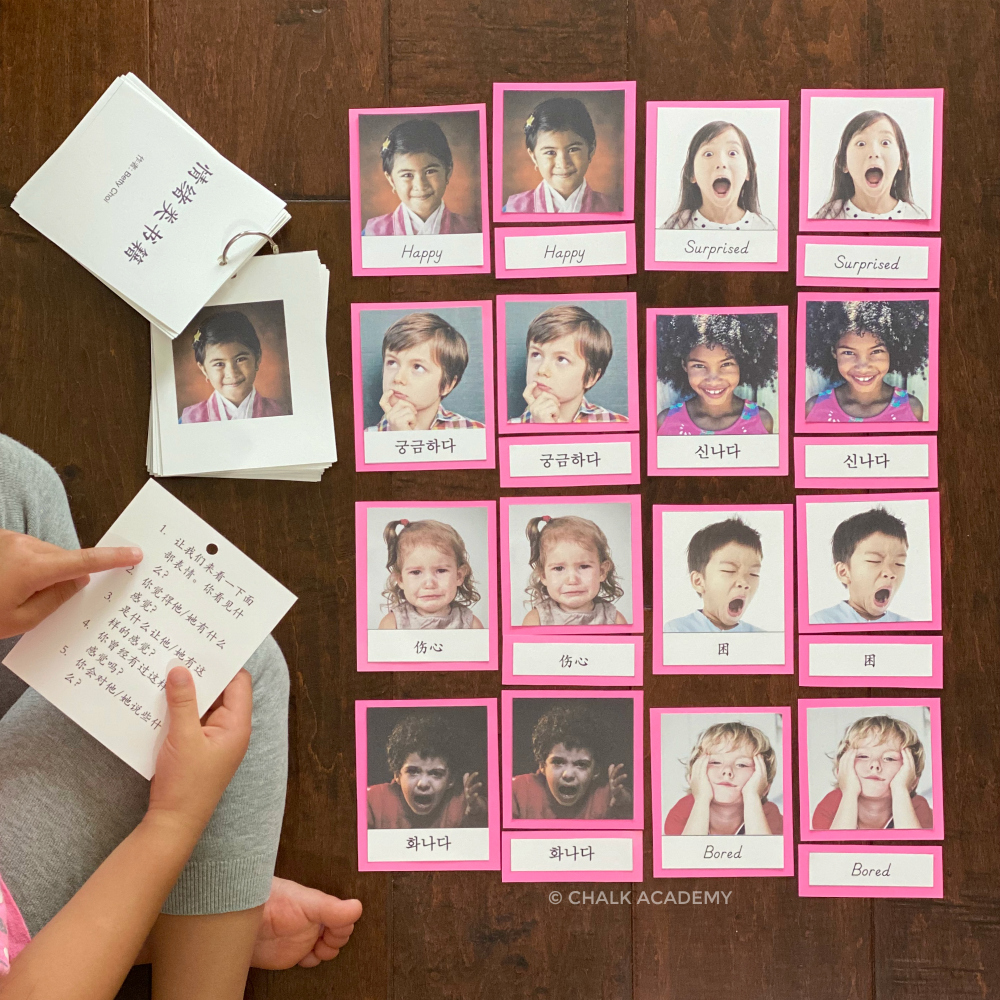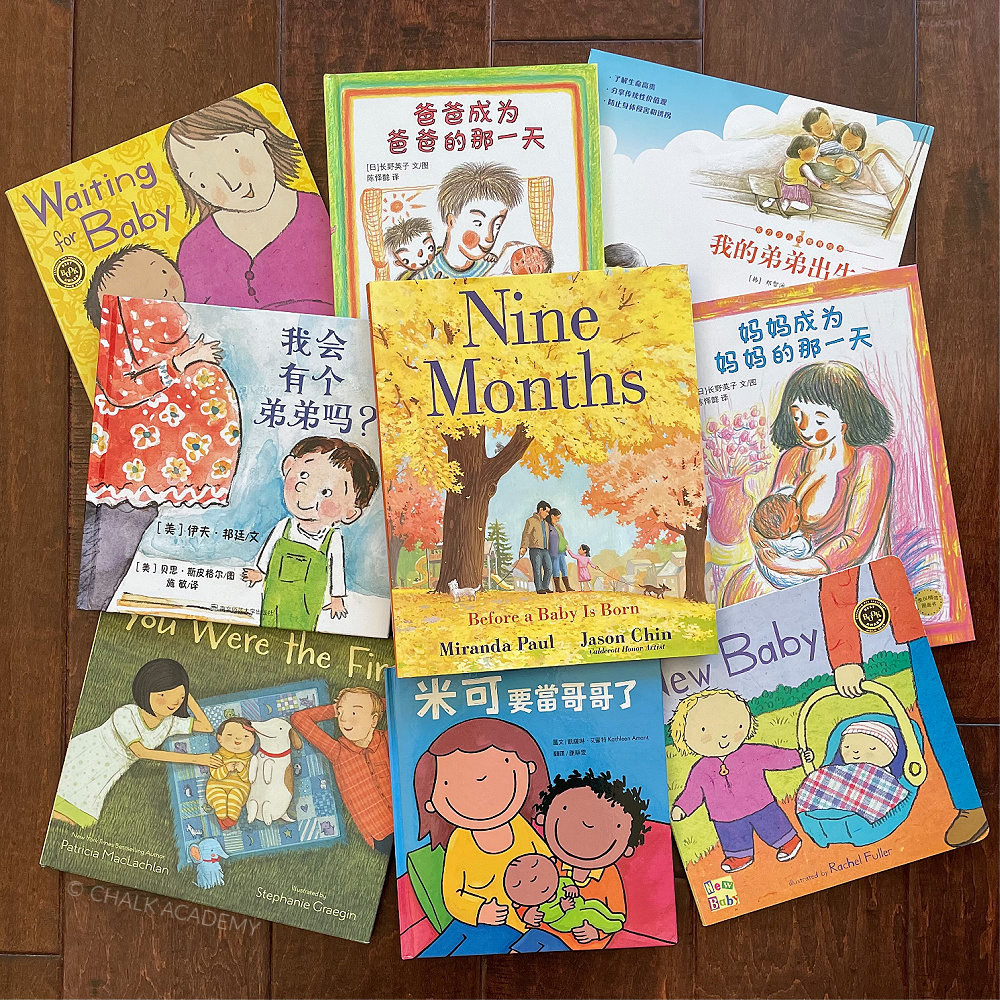Best Human Body Books for Kids in English, Chinese, Korean
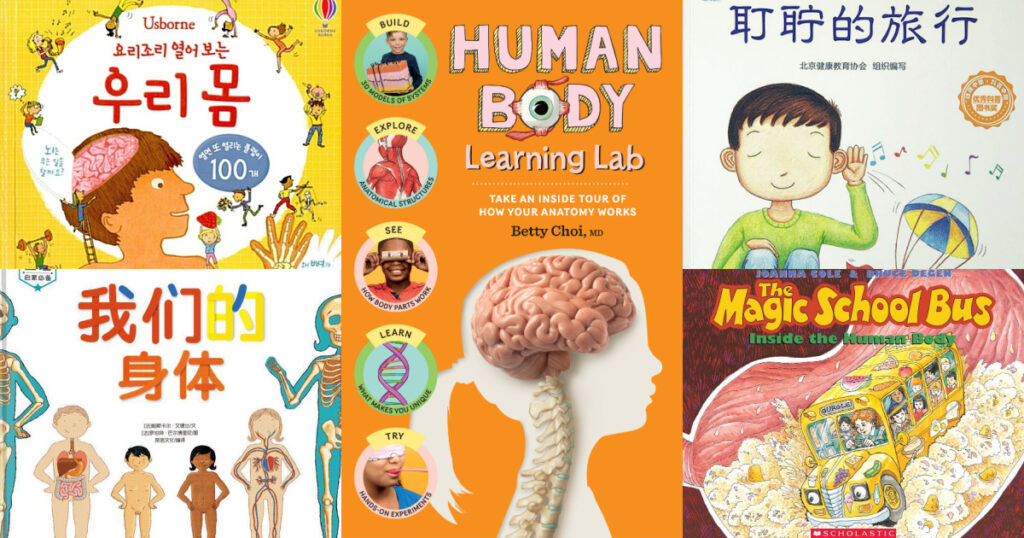
Since children are naturally curious, it’s no wonder they are fascinated by anatomy books! As a pediatrician and bilingual parenting advocate, I’m excited to share our favorite human body children’s books in English, Chinese, and Korean. Spoiler alert: This list includes my fun and empowering human body activities book for kids!
Years ago, when I looked for kids’ anatomy books, I wasn’t sure which were the best. Shopping for Chinese and Korean books is challenging when you aren’t fluent in those languages! So, I researched the best human body books in English and then looked for translations. After sharing these recommendations, I’ve heard that many of your children love these anatomy books just as much as mine.
Chalk Academy is reader-supported. Some of the links are affiliate links. When you buy something through an affiliate link, we may earn a very small commission at no cost to you. Details here.
Best human body books for kids in English, Chinese, and Korean
To help you find the best anatomy books for your kids, I’ve included links to bookstores and ISBN information if you want to check your local library.
Human Body Learning Lab: Take An Inside Tour of How Your Anatomy Works / 天才小醫生的人體實驗課:18種遊戲實驗與10個器官模型DIY,內化孩子的醫學腦!
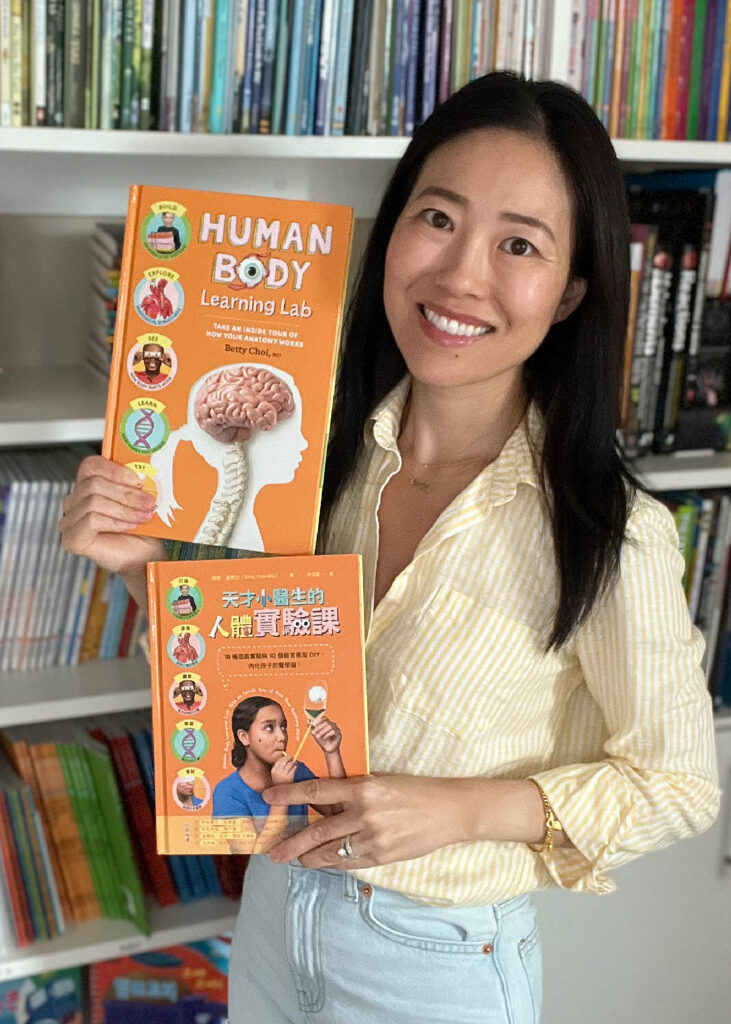
Based on my experiences as a pediatrician and former homeschooling mom, I created Human Body Learning Lab with my children!
In addition to kid-friendly anatomy facts and health tips, Human Body Learning Lab features hands-on projects, activities, and experiments with common household and recycled materials.
So many parents have told me how much they love the diverse photographs and illustrations, plus the incredible clay art created by my illustrator!
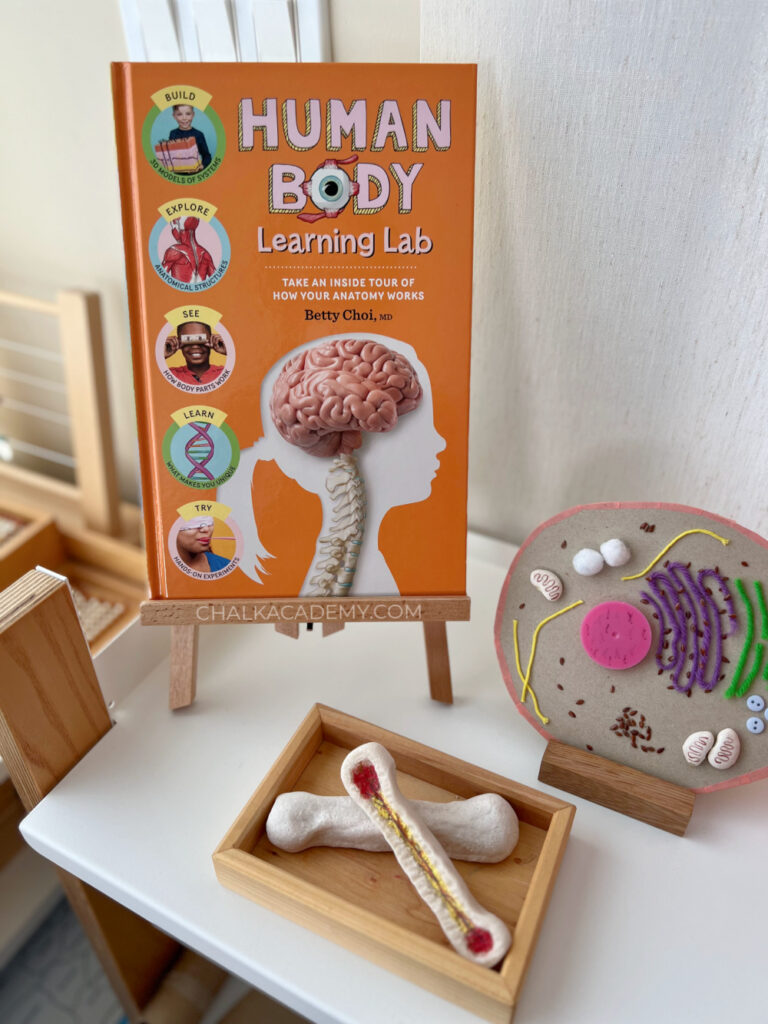
Human Body Learning Lab was published in English and translated into traditional Chinese!
Tip: Use the Youdao Chinese Dictionary Pen to translate Human Body Learning Lab from Chinese to English and vice versa.
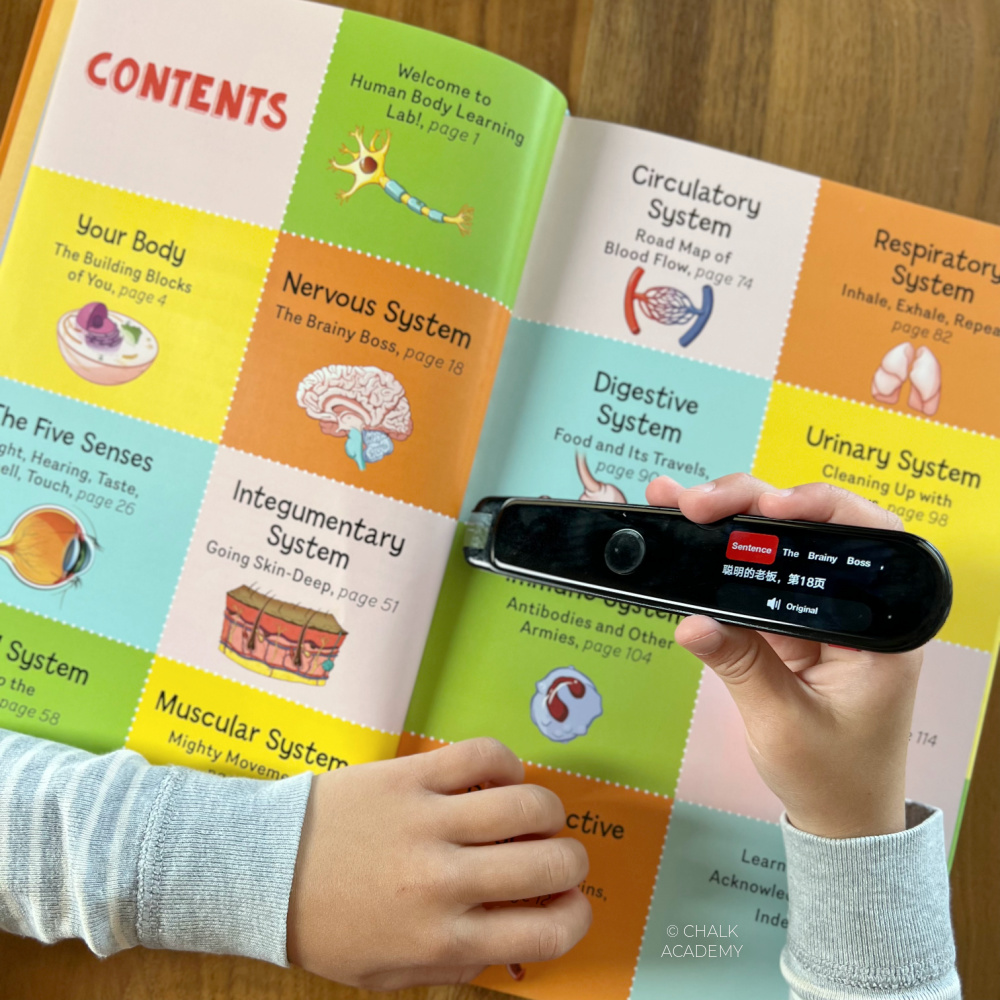
Where to buy:
- English: ISBN 9781635864793
- Traditional Chinese: ISBN 9786269711512
- Books Taiwan (ships internationally)
- 優・寶貝Yo! Baby Shop (USA)
- Mr and Mrs. Books (USA)
- Little Kozzi (Toronto, Canada)
- Yuto (Vancouver, Canada)
Related: More Amazing Books About the Human Body in English
Magic School Bus Inside the Human Body / 神奇校车:在人体中游览 / 신기한 스쿨버스
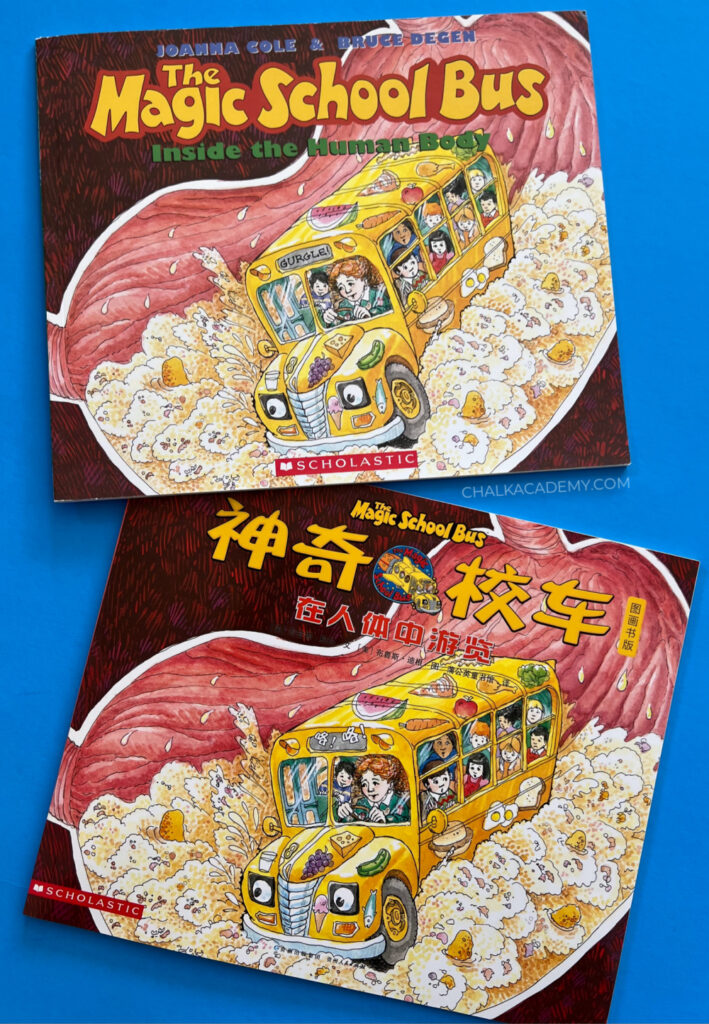
As a kid, I adored the Magic School Bus series, and I love seeing my kids enjoy the series in different languages now! Inside the Human Body is the perfect mix of interesting non-fiction facts and playfully creative fiction. Ms. Frizzle takes the class on a tour inside one of the student’s bodies. They journey into his stomach, blood, and other parts of his amazing anatomy. This trip inside the human body has helped the kids have a memorable learning experience!
Where to buy:
- English: ISBN 9780590414272
- Chinese
- Korean: ISBN 9788949154039
Related: More Chinese Magic School Bus picture books and chapter books
Usborne Look Inside Your Body Anatomy Book 어스본요리조리 열어 보는 우리 몸
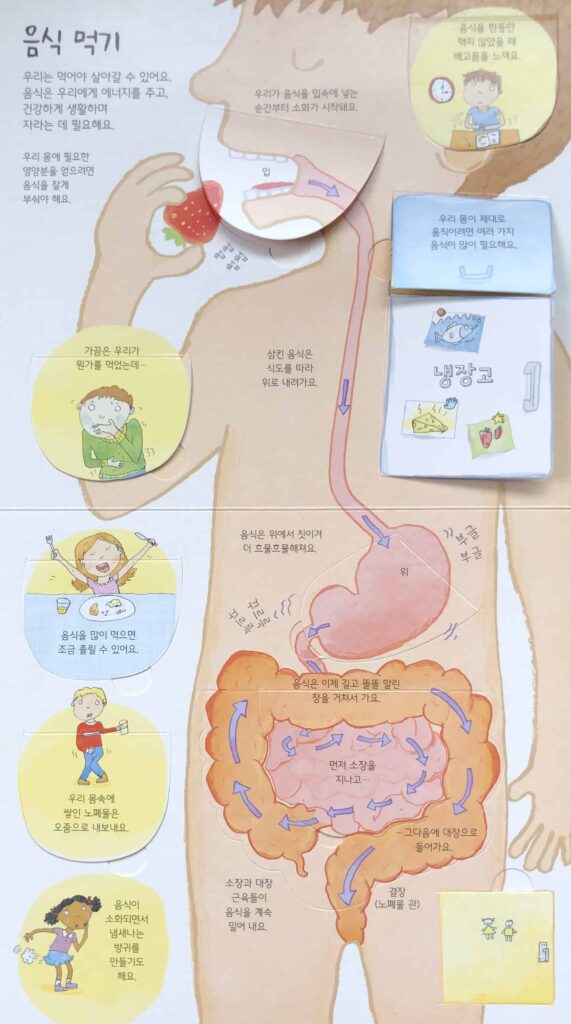
This popular human body book was originally written in English and has been translated into numerous languages, including Korean. (Traditional Chinese ISBN 9789862037614 is no longer in print, unfortunately.) Usborne’s Look Inside Your Body briefly summarizes the inner organs. The lift-the-flap feature makes the book fun and interactive for little and big kids!
Where to buy:
- English: ISBN 9781409549475
- Korean: ISBN 9791186872307
Chinese Human Body Kids Book 我们的身体 / 我們的身體
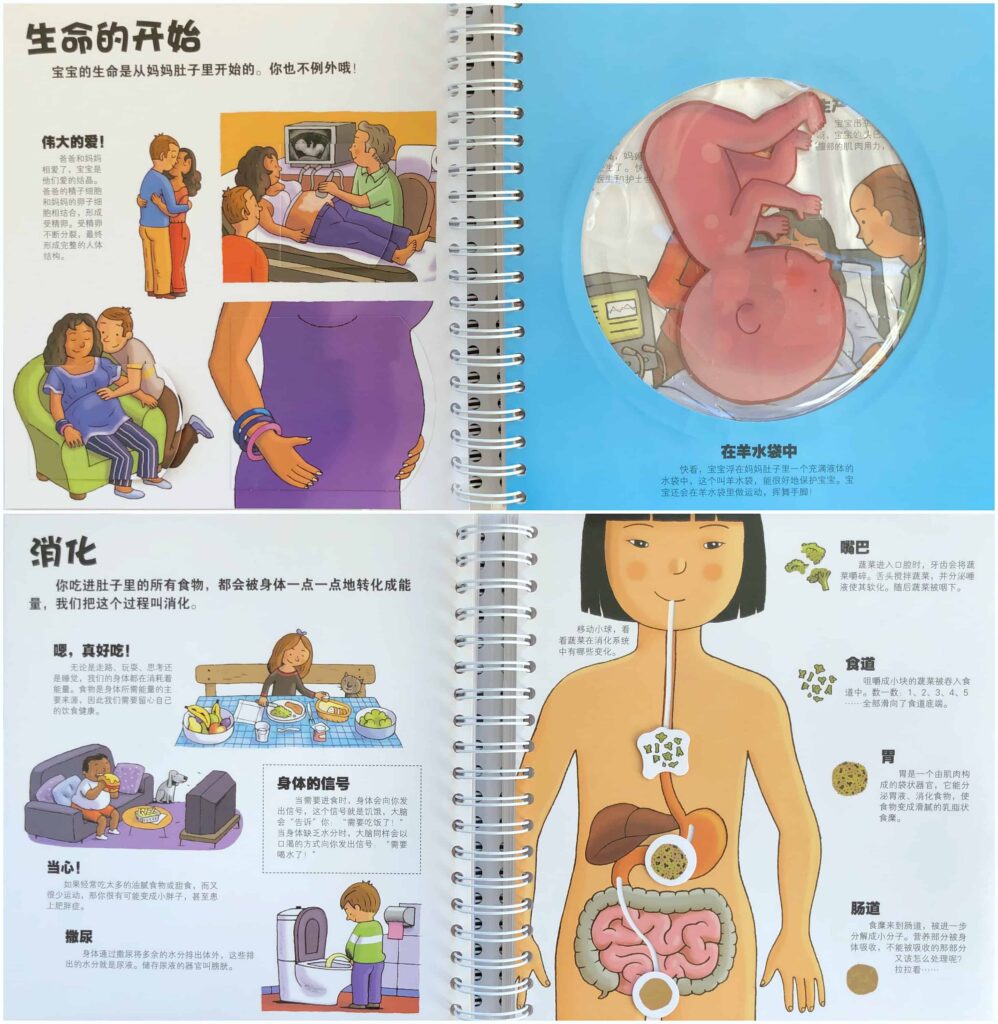
Both of my kids were instantly attracted to this Chinese human body book! There’s a 3-dimensional “baby” floating in a pregnant uterus with liquid representing amniotic fluid. And you can move “food” down the digestive tract.
The downside is the inaccuracy of some organs. For example, the image of the digestive tract shows food traveling straight down through the intestines instead of a winding path. The vessels of the circulatory system are drawn somewhat randomly as well.
Still, I would recommend this very unique anatomy book for kids. To make up for the drawbacks, look at accurate illustrations from other anatomy books.
Where to buy:
- Simplified Chinese: ISBN 9787541745546
- Amazon
- Mahu Yu Yi (Singapore, Int’l shipping available)
- Traditional Chinese
- Estlite (Taiwan)
- Sunya (Hong Kong)
- Little Kozzi (Canada, US shipping available)
Chinese Health Guides for Kids 影响孩子一生的健康书

These Chinese stories about health have been a delight for my children! We’ve had the whole set for years and still love it. Each book in the series focuses on one healthy habit, such as teeth brushing, washing hands, wearing glasses, and sleep hygiene.
The stories are long for young toddlers, but the vivid, realistic illustrations could capture anyone’s interest! Because these are such relevant topics, there is plenty to look at and talk about with kids of all ages!
- Doudou, Wash Your Hands 豆豆,去把手洗干净—掌握正确的洗手方法,养成洗手好习惯!
- Daddy’s Glasses 爸爸的眼镜—学习保护眼睛的方法,养成良好的用眼习惯!
- Cerumen’s Trip 耵聍的旅行—掌握保护耳朵的方法,养成良好的用耳习惯。
- Sports Superman 运动小超人—选择适合自己的运动,养成坚持运动的好习惯。
- Secret of Vegetables 蔬菜的秘密—改掉挑食的坏毛病,养成良好的饮食习惯。
- I and Picca 我和皮卡—学会自我保护,和狗狗正确相处。
- Little Night Prince 黑夜小王子—建立规律的睡前模式,养成良好的睡眠习惯。
- Fight Dental Bacteria 牙细菌大作战—学习正确的刷牙方法,养成保护牙齿的好习惯!
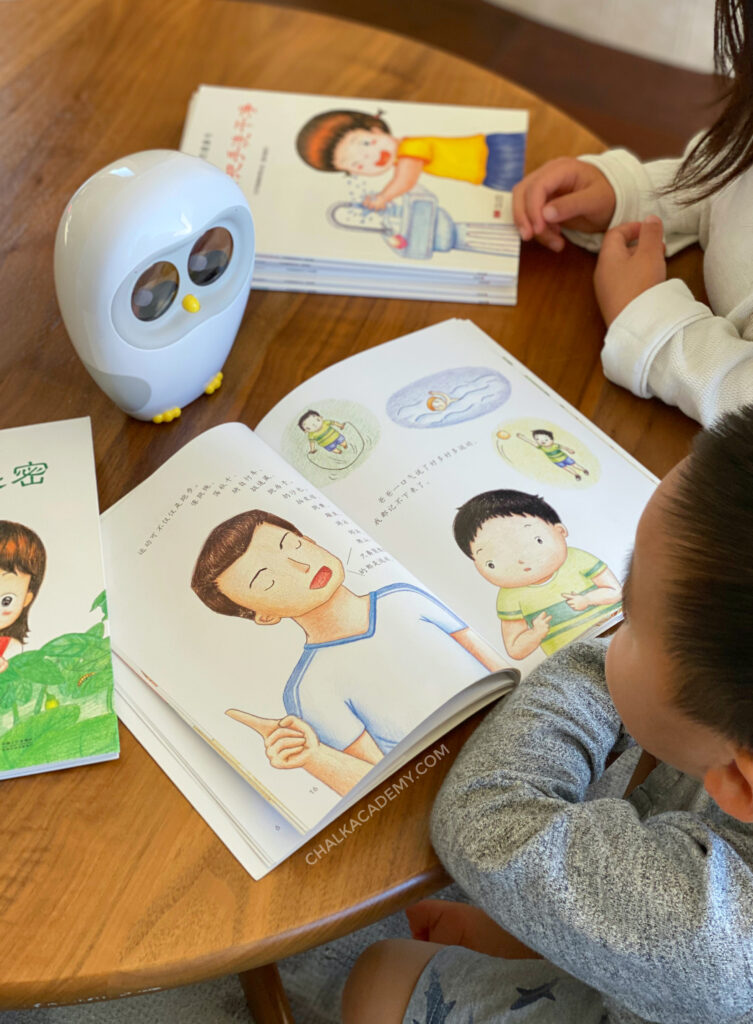
The Health Guide 影响孩子一生的健康书 series is also compatible with Luka Reading Robot. We love the high-quality narration, which encourages my children to read independently!
Where to buy: Simplified Chinese ISBN 9787510131974: JoJo Learning
Questions about the best human body books for kids
Many parents have wondered which human body books are best for their children. Here are answers to frequently asked questions about children’s anatomy books.
My kid gets scared and grossed out. Would these human body books be appropriate for sensitive children?
You know your child best, but reading human body books can empower a child. Children can learn the real names of body parts and how organs work from anatomy books. If kids have questions about their bodies, accurate vocabulary can help them communicate their curiosities and concerns.
For learning new languages, if we need to look up the name of a body part, we can refer to our human anatomy books in English, Chinese, or Korean!
People can make safe and healthy decisions about their bodies when they understand basic health facts, like nutrition labels, doctor’s recommendations, and medication pamphlets.
What are the best human body books for kids?
Human body books with realistic and diverse images are ideal, especially for young learners figuring out the world. Children can learn about protagonists with different cultural backgrounds and physical and cognitive abilities with diverse books.
In addition, seeing images of human beings and realistic characters in different colors, shapes, and sizes can help kids have a healthy body image. Being picky about illustrations is good because we learn with our eyes!
Which human body books are less helpful for kids?
My biggest frustration with popular children’s science books is that concepts and images are often cartoonified.
When my daughter asks about viruses and their appearance, most children’s books feature colorful caricatures with angry faces. In reality, pathogens have no faces or emotions. Furthermore, some bacteria are a good and healthy part of skin and gut flora.
Research shows that nonfiction is cool. But many parents and teachers don’t realize that realistic details fascinate kids. Instead of “dumbed down” illustrations that are visually misleading, kids can handle straightforward facts about the human heart and brain!
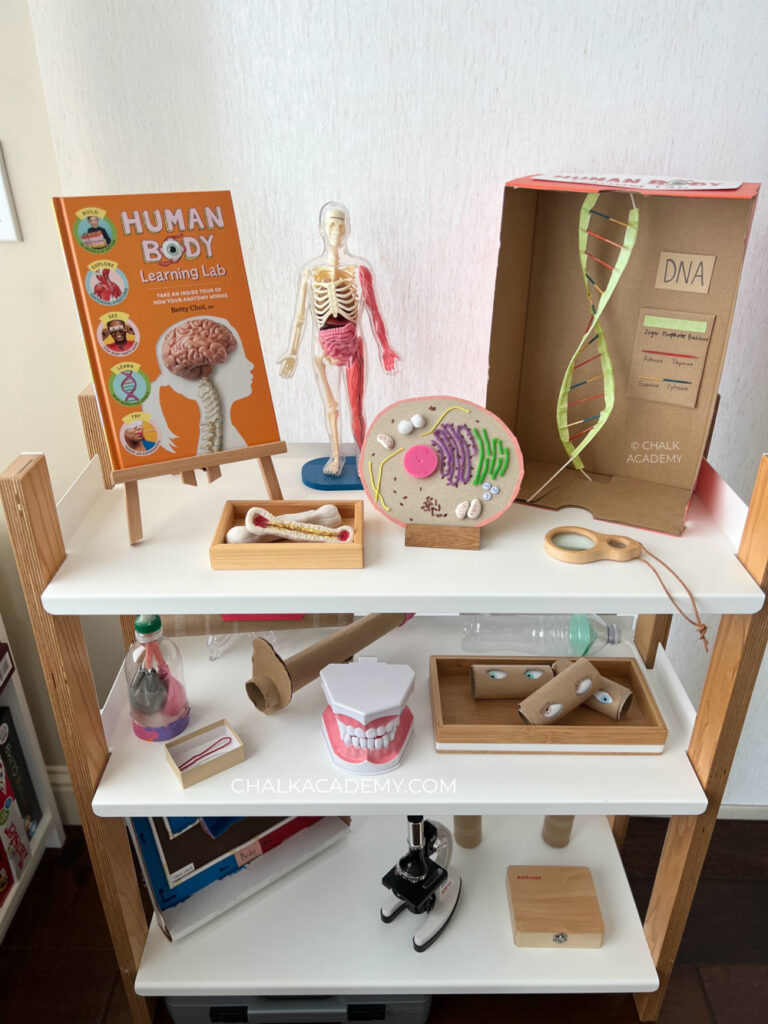
Which human body book is your child’s favorite?
Have you read any of these anatomy books with your kids? What did they think of these human body books? Please feel free to share your thoughts in the comments! 🙂
